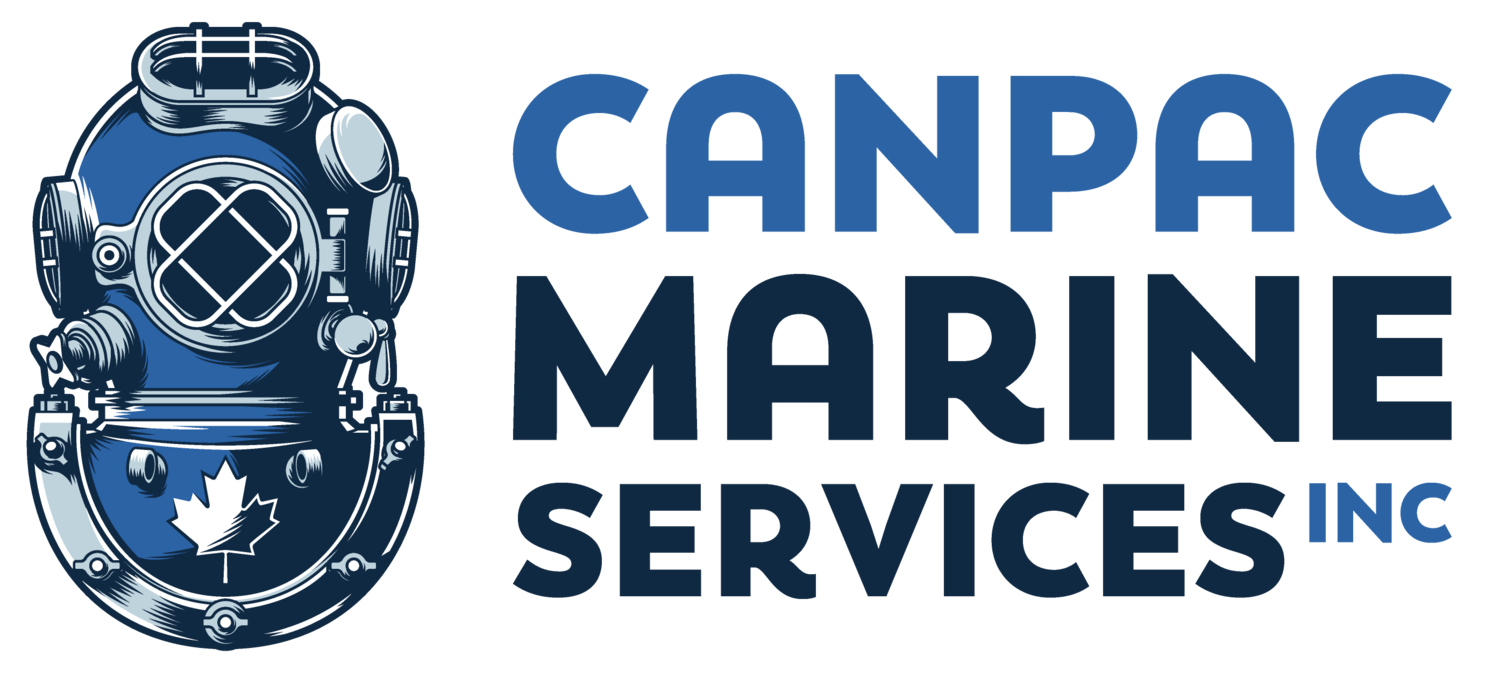
Submarine Cable Route Survey & Engineering
Our detailed route surveys utilize the latest sonar, ROV, and geotechnical technology to map seabed topography and identify potential hazards. These surveys are conducted to provide accurate and comprehensive data, ensuring that the proposed cable route is viable and safe. By combining advanced surveying techniques with engineering expertise, we design cable routes that prioritize protection, stability, and long-term performance.
Key components of our Route Survey & Engineering services include:
-
Utilizing multi-beam echo sounders, side-scan sonar, sub-bottom profilers, and magnetometers to create detailed maps of the seabed.
-
Collecting and analyzing seabed samples to determine soil characteristics, which influence burial depth and anchoring solutions.
-
Deploying work-class ROVs equipped with high-definition cameras and sonars to inspect subsea features and verify seabed conditions.
-
Identifying and mitigating risks such as existing infrastructure, boulders, and shipwrecks that could impact cable installation.
-
Developing route plans that account for environmental conditions, seabed terrain, and technical requirements, ensuring efficient cable installation and minimal impact on the marine environment.
-
Performing all necessary cable lay calculations, including:
Route Position List generation
Cable Lay tables
Drag on turn calculations
Bottom stability assessments
Vortex-Induced Vibration (VIV) calculations
These calculations ensure the cable's integrity and performance over its lifespan.
-
Conducting a comprehensive review of the entire cable lay spread, including:
Analyzing failure modes of the cable lay spread to identify potential risks and implement mitigation measures.
-
Providing detailed survey reports, including:
GIS data
Charts
Route recommendations for client review
Our commitment to precision and thorough analysis ensures that every cable route is designed to withstand environmental challenges while meeting the highest standards of safety and reliability.





